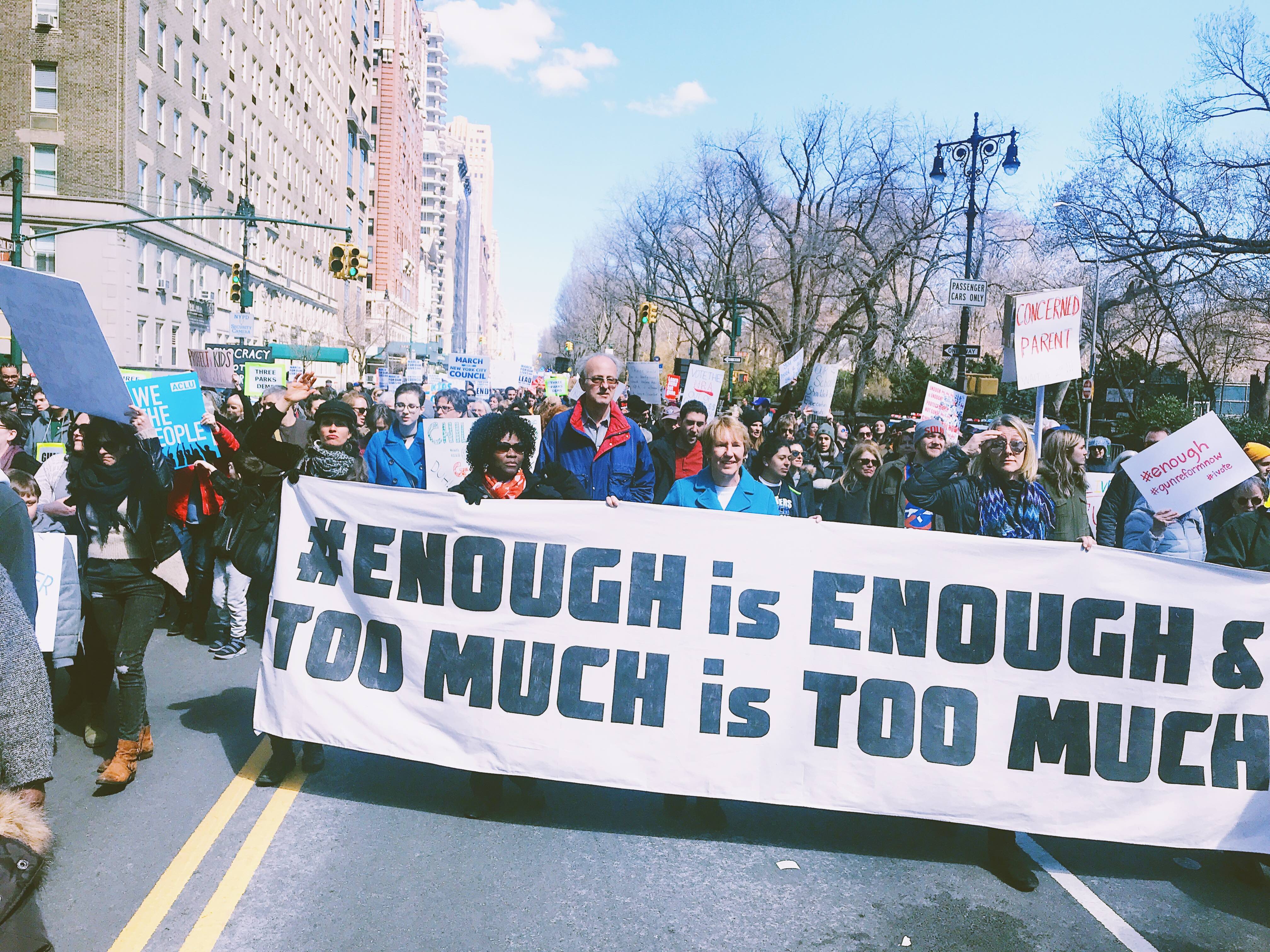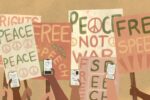The fight against gun control has persisted for some time without thought or legislative recognition — until now. Weapons of war have made their way into the hands of citizens, and everyday activities have evolved to matters of life and death.
Recently, the frequency in which dangerous firearms have resurfaced in educational environments has overwhelmed the public and prompted action. Gun violence has invaded each corner of life — city streets, movie theaters, music concerts and now schools — to such an extent that the revision of American gun laws is now deemed an absolute necessity.
Past school shootings, which date back to 1999, have prompted a call for a revision of the Second Amendment; however, even with the continued violence in schools, no such action has been taken.
The lack of federal legislation in response to the death of students left the country in shock. There are currently some 300 million guns in the United States alone, held by approximately one third of the population, and the improper knowledge of some gun owners has driven the country to turmoil.
Recent incidents of school shootings have relinquished the feelings of safety in educational environments, which is crucial for any students to learn and grow. This series of mass shootings have captivated the attention of all Americans.
The March for Our Lives movement, therefore, has been initiated as a response to the devastating loss of life resulted from relaxed regulations on guns. This includes the Parkland survivors and any students across the nation who are unable to feel safe in school due to the widespread use of guns and their threat to the system.
The crowd was largely composed of students, teachers and parents, each one in distress. Supporters took their participation as a vote to launch an attack on American gun laws and the influence that the National Rifle Association (NRA) holds over composing legislation.
The March for Our Lives movement, highlighted by the phrases “enough is enough” and “never again,” prompted 800 marches across the country in the fight against gun violence.
Demanding change and a shift in both policies and policymakers, the movement has largely been deemed “revolutionary” by those involved. Support for the movement came from all parts of the globe, with marches occurring in all continents, the only exclusion being the Antarctica.
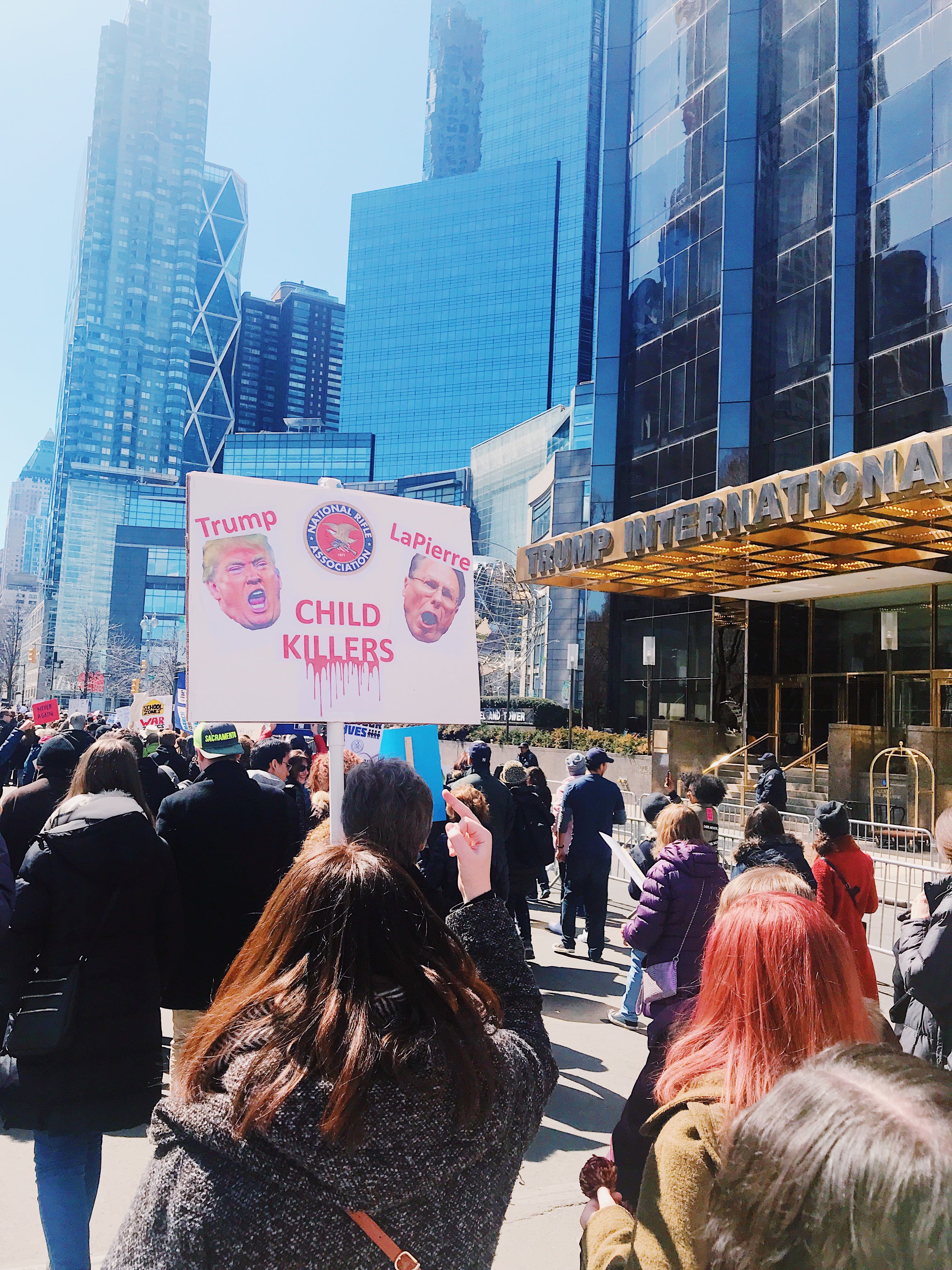
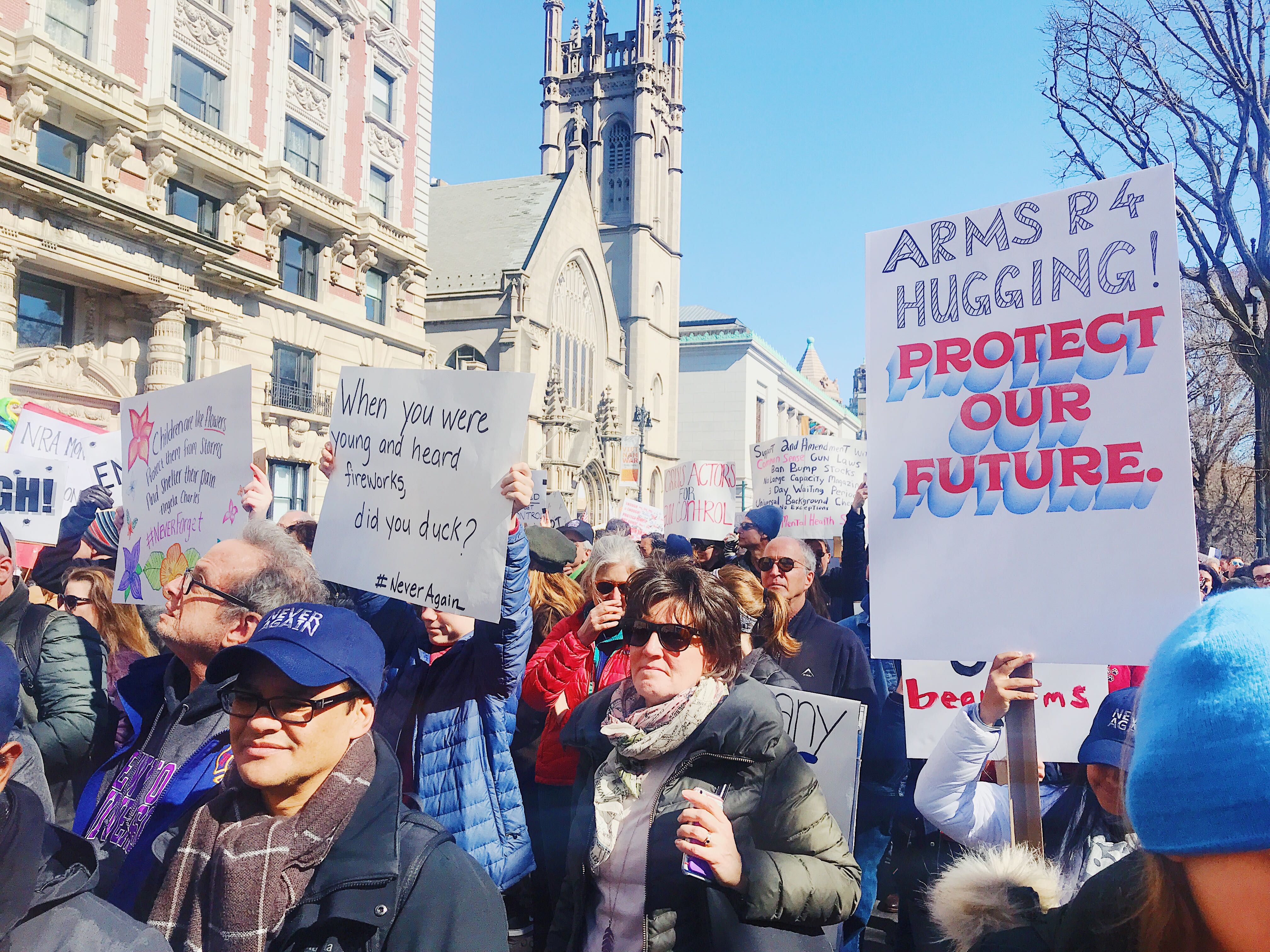
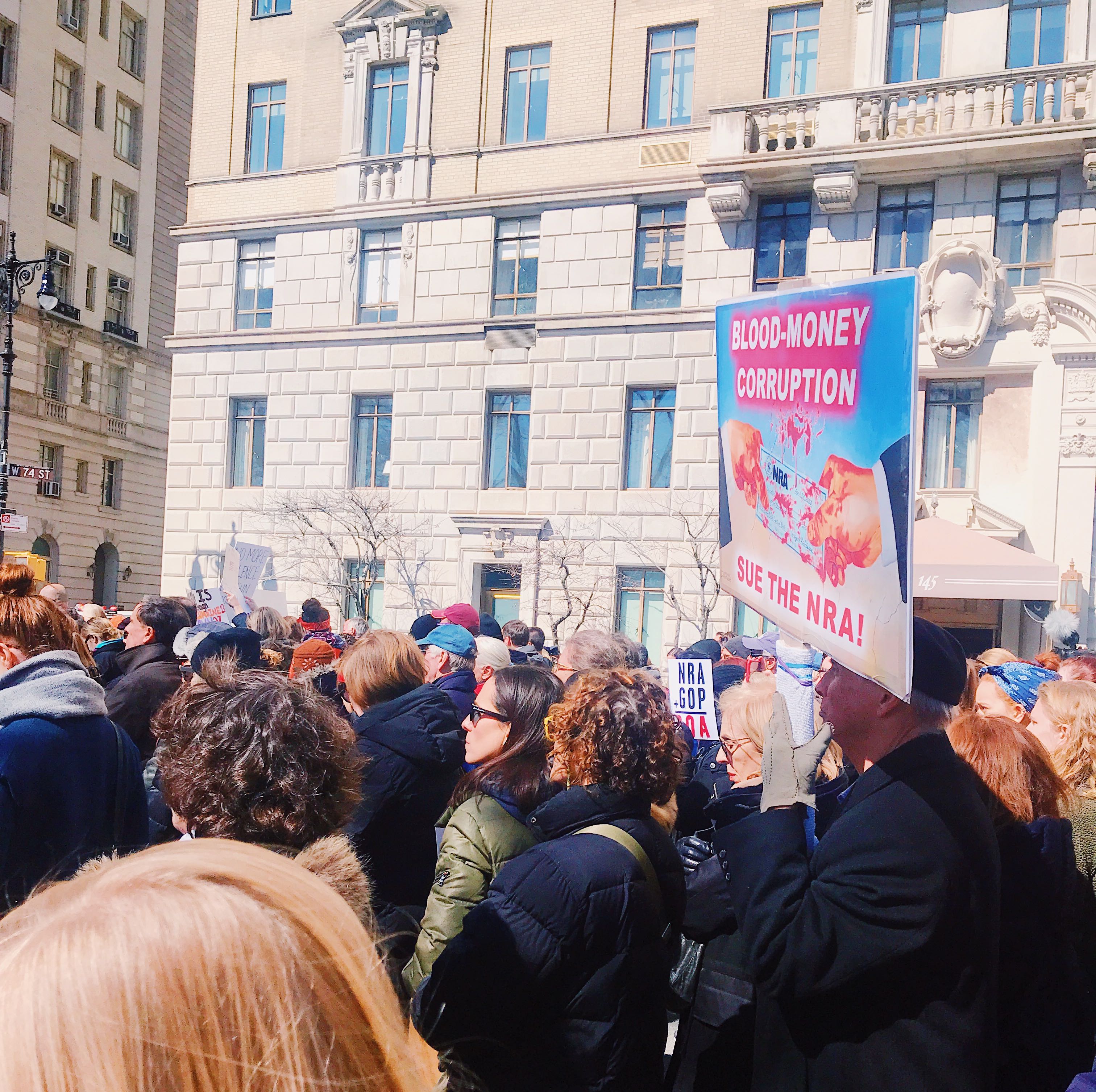
America is swayed by the advocacy of the youth; this generation of youth is unafraid in challenging politicians, the government and leaders in the name of democracy and the pursuit of what they believe to be right. Despite living in the most seemingly liberal time in history, more and more are joining in the fight for equality and protection of the diverse American population.
The March for Our Lives is categorized by rapid changes. Upon entering the premises, I was overwhelmed by the diversity of the supporters in the crowd. Of course, there were students, but teachers, small children, parents and grandparents were also present, sending a strong message that everyone is a victim of gun violence. The crowd in New York City reached approximately 200,000 supporters.
The march began with a standstill as people listened to speakers and performers, each outraged with the current state of American gun violence and the lack of safety in schools. The crowd was brought to tears out of frustration but was ultimately granted hope for the future through the passion of the words and songs presented by the speakers.
The speakers included mothers and siblings of those who have been murdered due to guns; anguish and resentment have fueled their passion to make waves and changes for the future so that others do not have to go through what they had.
Supporters were keen on voting those in favor of gun rights out of the office. The influence that the NRA holds over American politicians is now anything but discreet. Throughout the duration of the march, there were countless individuals who allowed for those participating to register to vote.
The movement has emphasized not only drastic but also rapid changes, which can be realized in the midterm election this November. Although this seems ambitious, leaders are certain that change can and must be made.
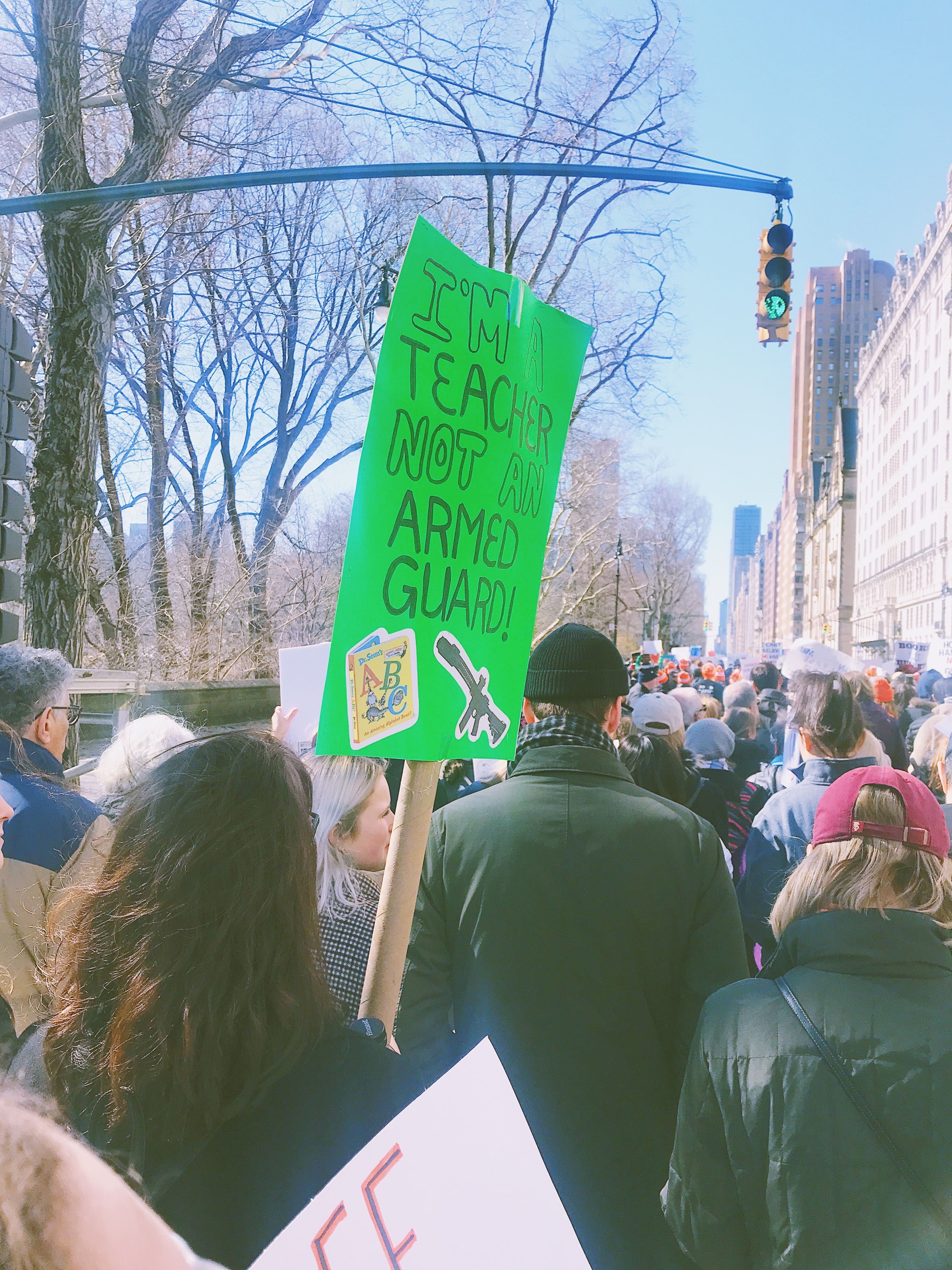
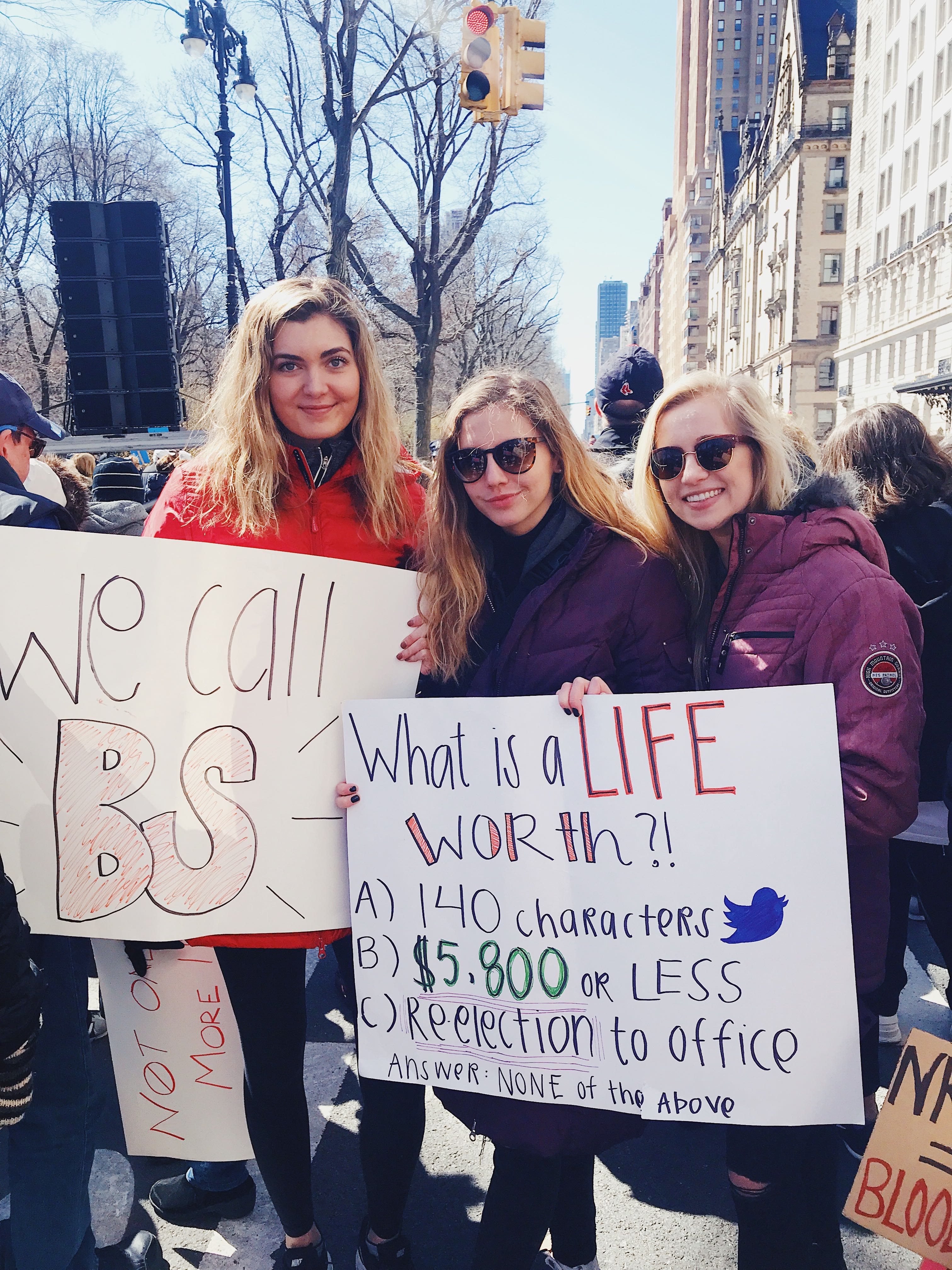
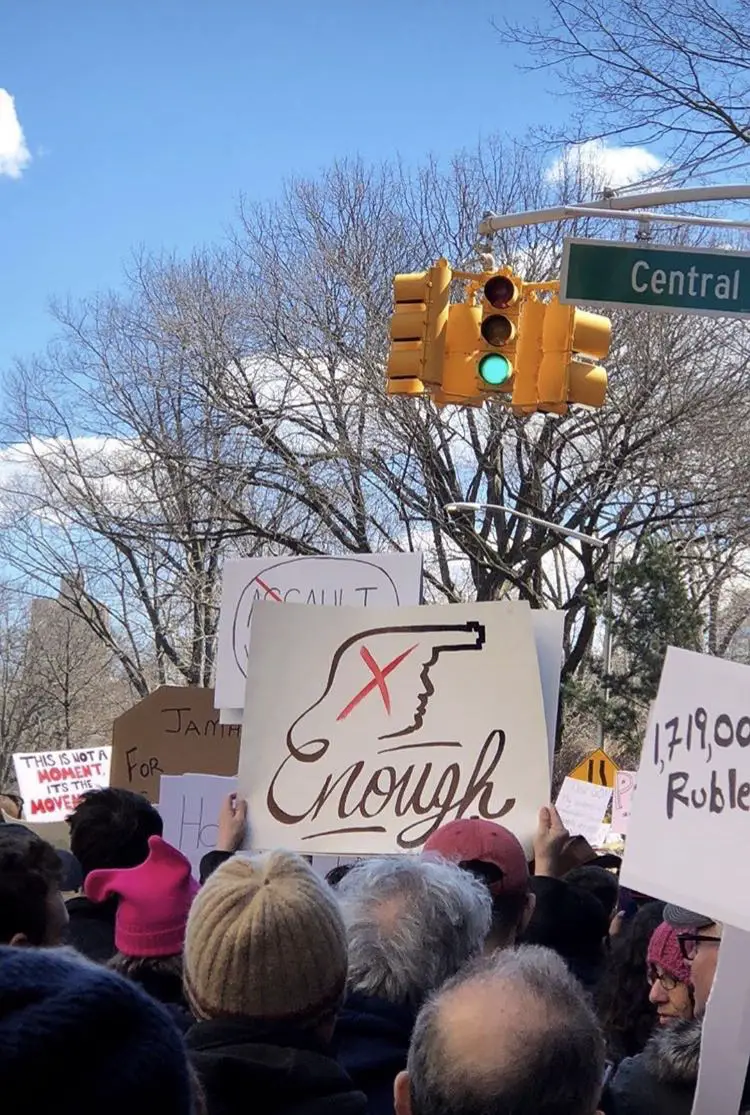
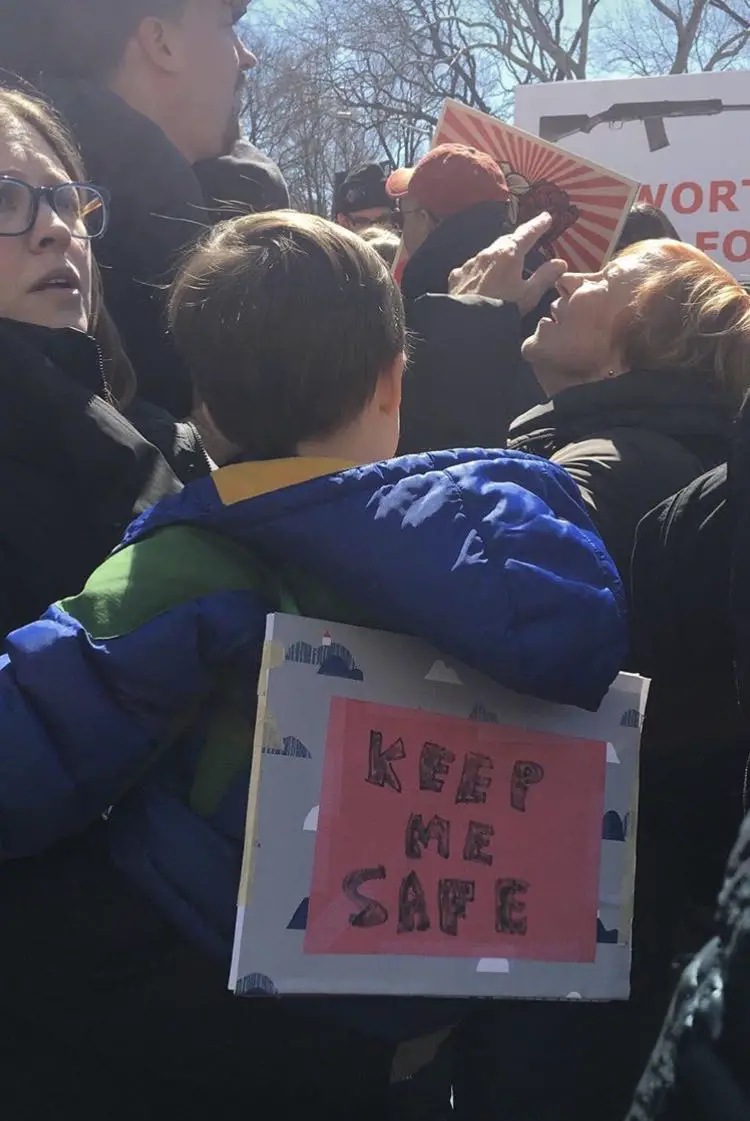
The march incorporated elements from other movements in addition to the advocacy against gun violence, including Black Lives Matter, women’s rights and anti-Trump. The most ironic portion of the march in New York City was the surplus of signs insulting Trump while moving past Trump Tower.
Trump’s relationship with the NRA, which is established through the monumental donations from the organization toward his election and presidency, is hard to overlook. Through this integration of aspects of diversity being brought into a singular movement, I came to the understanding the ways in which everyone is interconnected.
This was the first march that I attended. Prior to attendance, I felt as though little is accomplished from marching; it is something for people to do primarily to release their anger and subsequently post about on social media.
But I believe that this march was different. There was anger in the crowd, as there should be; however, this anger was directed toward the determination to make a change.
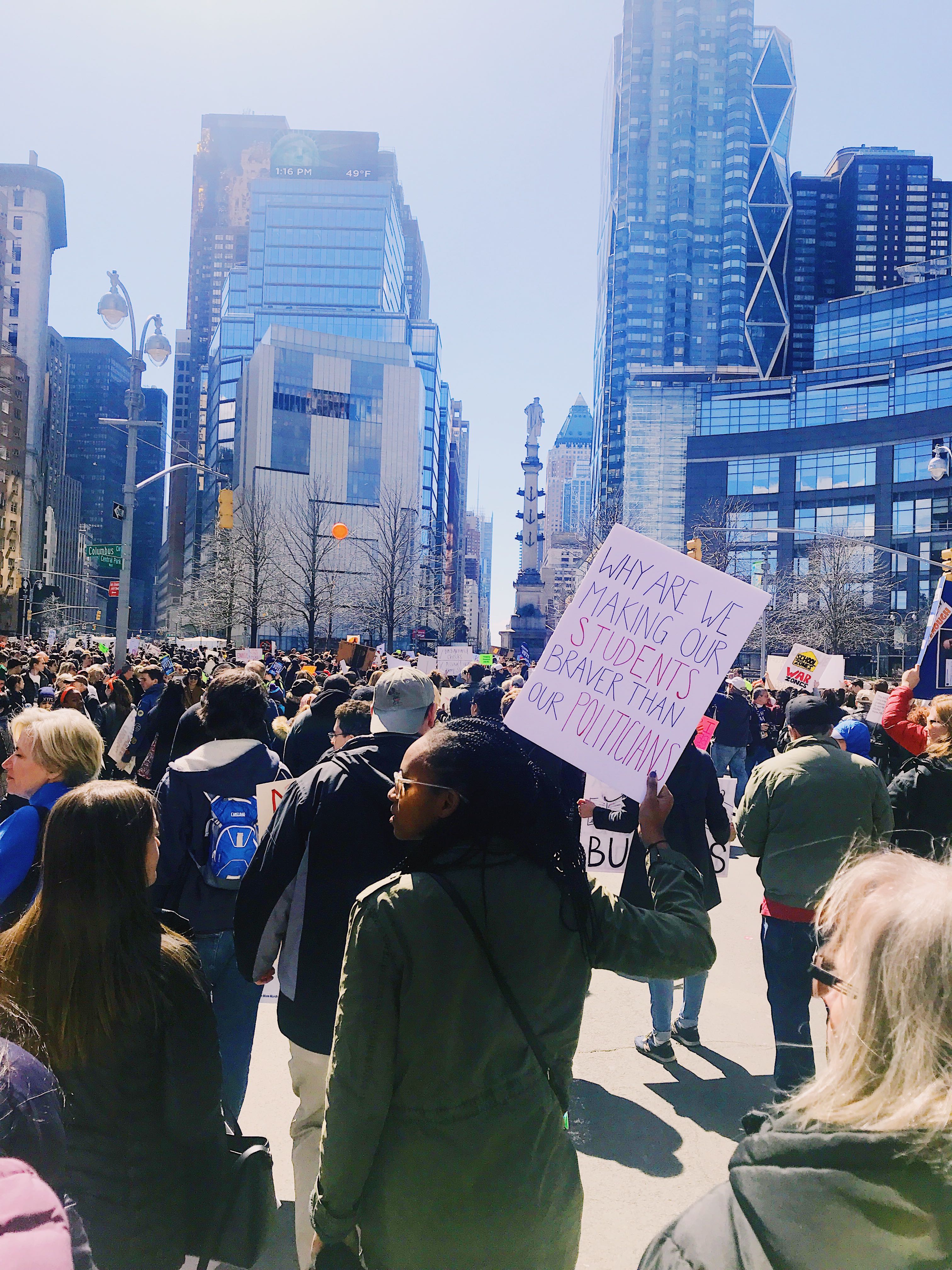
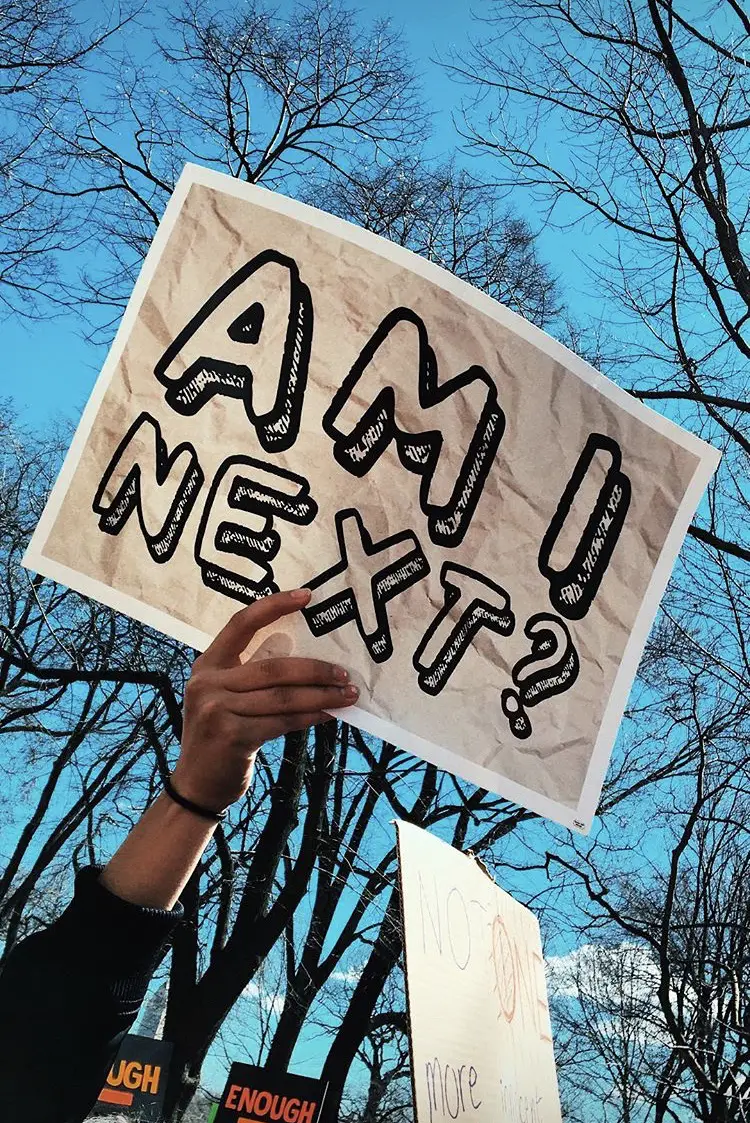
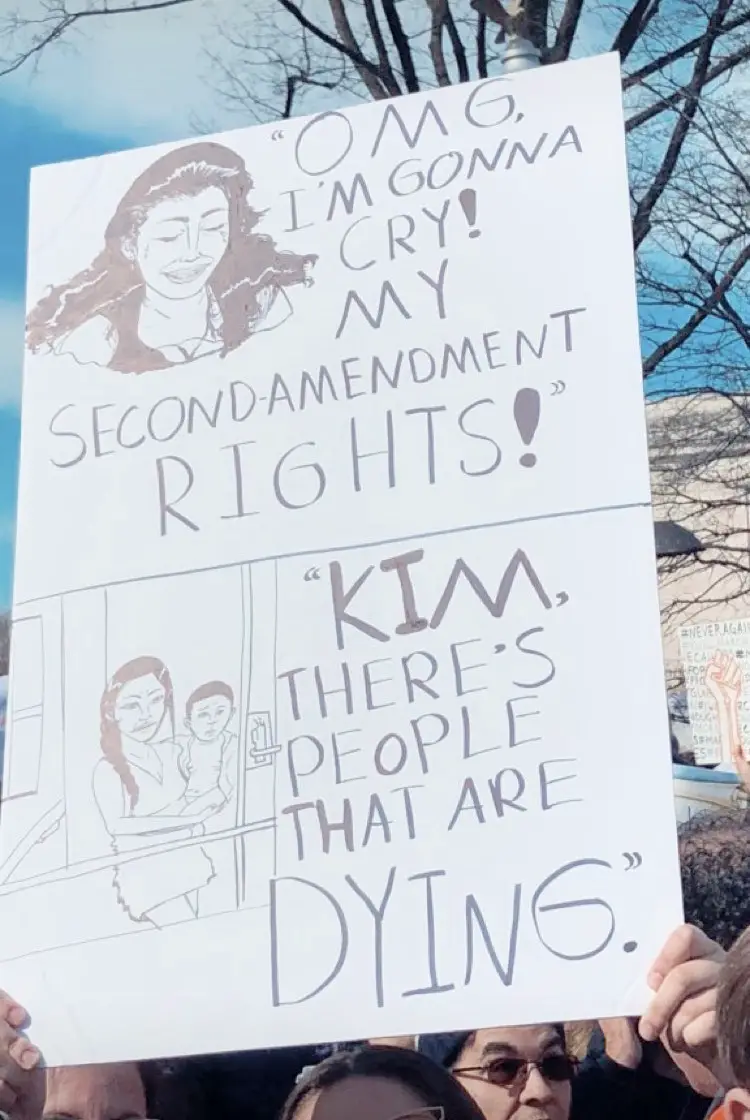
After attending March for Our Lives, I understand that it is about showing common purpose, bringing people together, raising awareness and visibility and demonstrating how many people care deeply about the cause.
The crowd realized that they would have to take action through taking advantage of the system of democracy. Supporters of the movement demonstrated to the entirety of the American public, who has suffered from the terror of gun violence, that they are not alone in the fight to end it.


